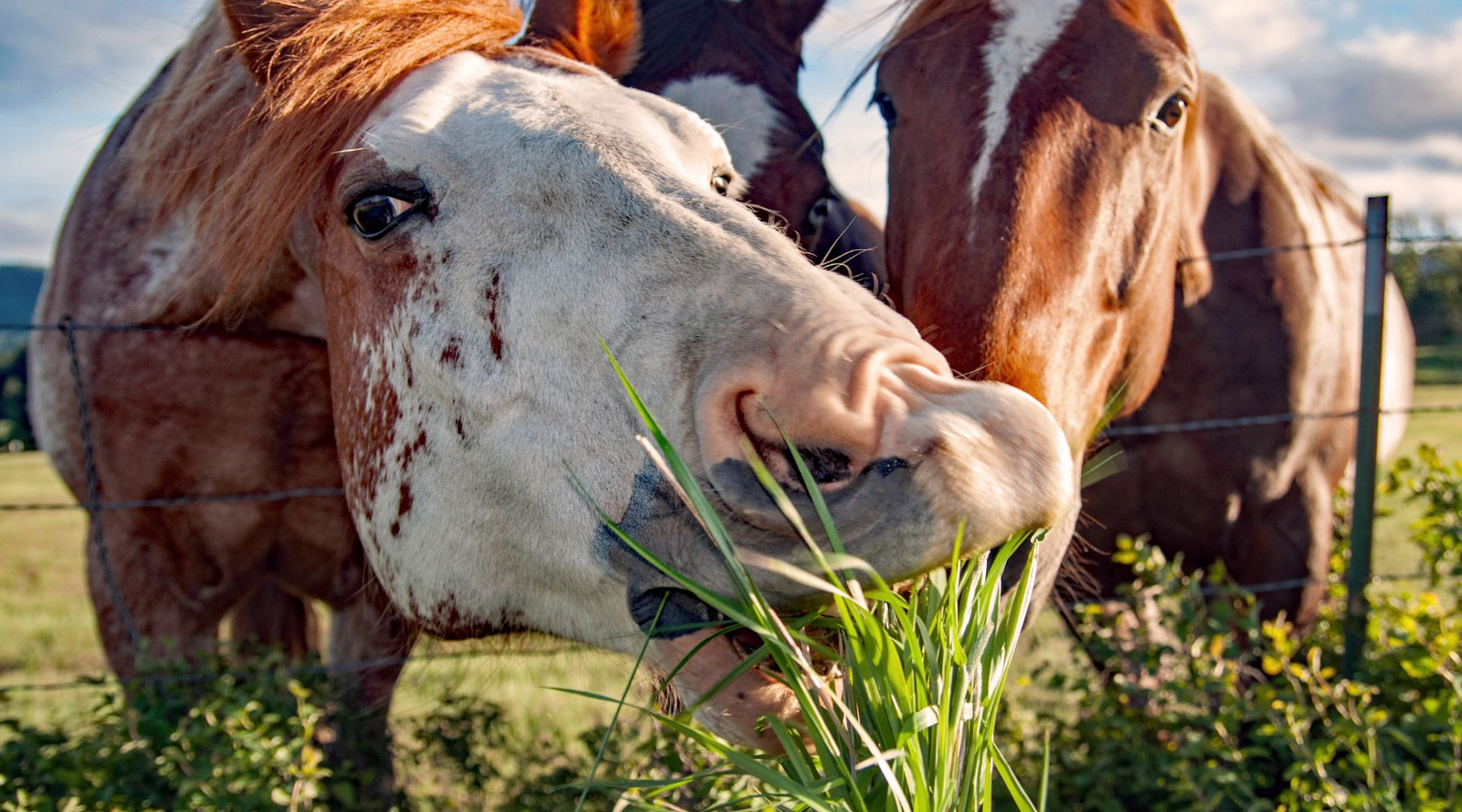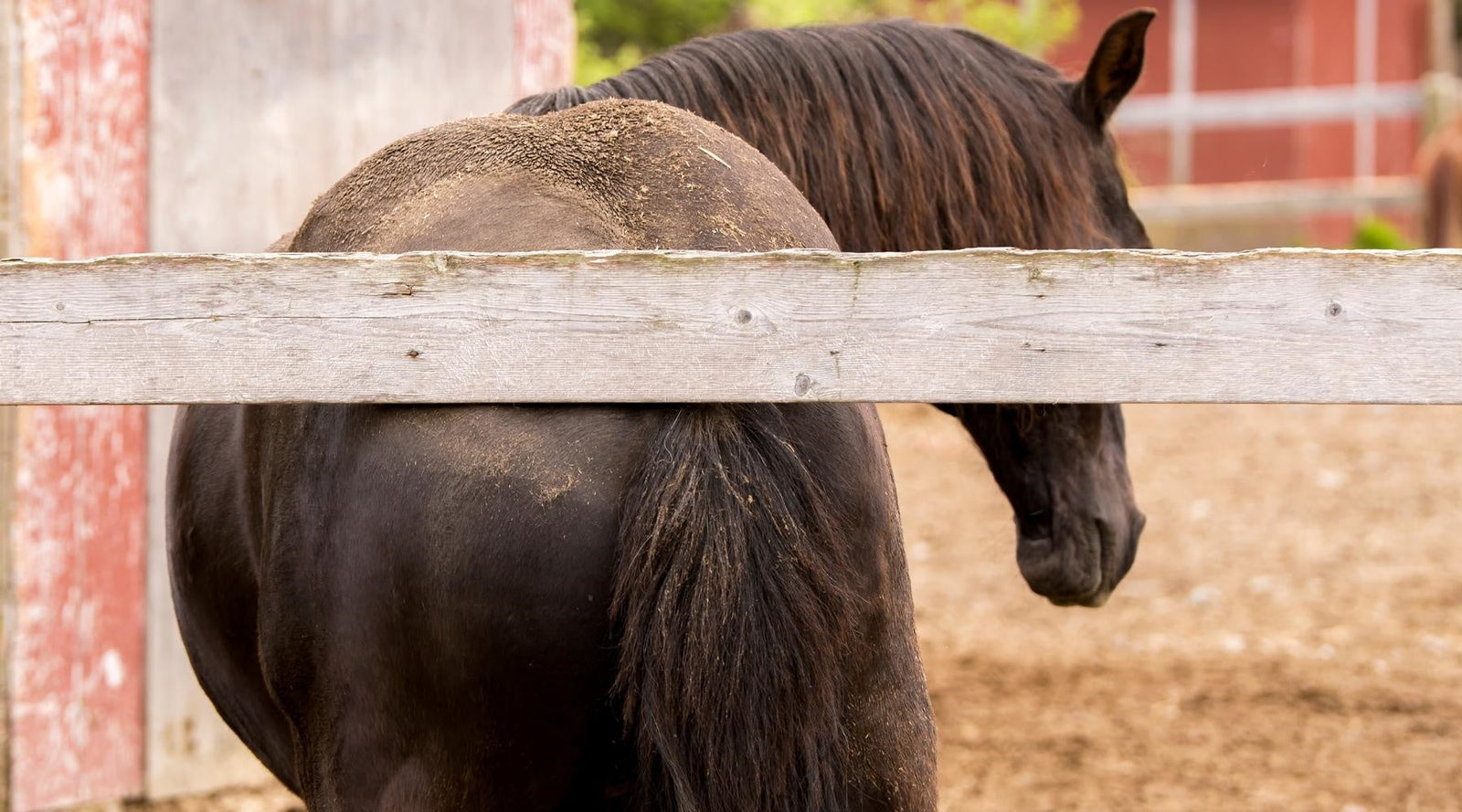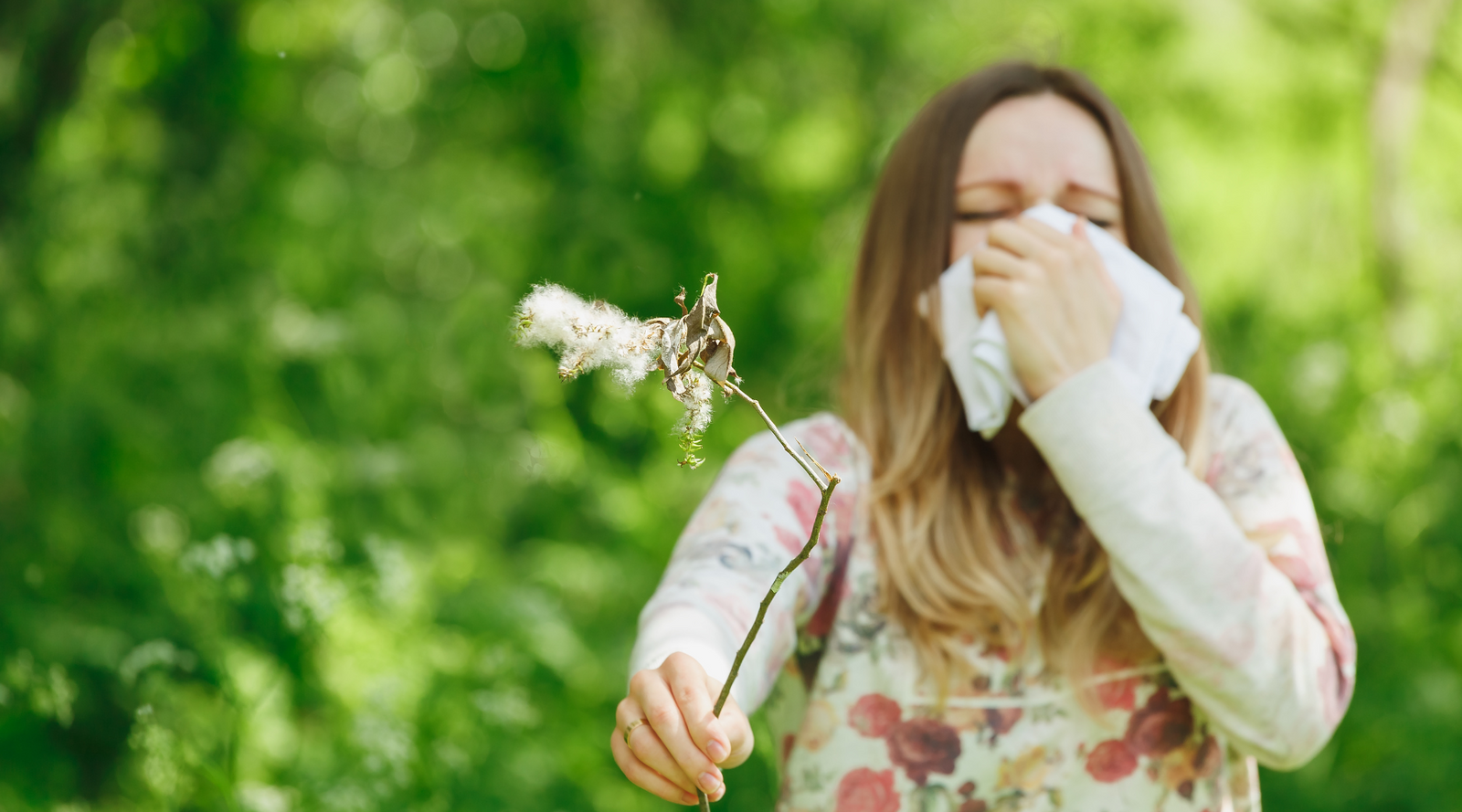Christmas delivery cut off: MIDNIGHT 16th DECEMBER - Last orders for a pre-Christmas dispatch. MIDDAY 18th DECEMBER - Order collections close. MONDAY 5th JANUARY - Hippo HQ re-opens.
Christmas delivery cut off: MIDNIGHT 16th DECEMBER - Last orders for a pre-Christmas dispatch. MIDDAY 18th DECEMBER - Order collections close. MONDAY 5th JANUARY - Hippo HQ re-opens.
Horse & Rider
Understanding Laminitis: Causes, Symptoms, Prevention and Management Using Natural Remedies
by Fiona Lane August 28, 2025

Laminitis in horses often develops quickly and can be difficult to detect the first time it occurs. Horses that have had laminitis are prone to repeat flareups, which is why prevention and early management are key. Understanding the causes, symptoms and best practices – along with natural support remedies – can make all the difference to your horse’s comfort and wellbeing.
Key Highlights
- Laminitis in horses often appears suddenly and usually occurs during lush grass growth in spring and autumn.
- Laminitis is caused by metabolic changes in the blood that affect the laminae inside the hoof, often triggered by excessive sugar and starch in grass or feed.
- Overweight horses, heavy breeds, and those with hormonal imbalances such as Equine Metabolic Syndrome (EMS) or Cushing’s disease are at higher risk of laminitis.
- If unmanaged, laminitis can cause permanent hoof damage, recurring flareups, and ongoing discomfort.
- Prevention includes managing diet, restricting access to high-sugar grass, and soaking hay to reduce carbohydrate intake.
- Hippo Health offers two natural remedies – LamiPrev to support horses prone to flareups and LamATK for horses with symptoms – both can be used alongside veterinary care.
Laminitis can’t be ignored, but with early recognition, careful management and natural support, you can help reduce the risk and keep your horse more comfortable. In this blog, we explore the causes, symptoms, prevention, and natural management options for laminitis in horses.
What is laminitis?
Laminitis is an inflammatory condition that often appears during times of new grass growth, usually in spring and autumn. Rain increases the level of soluble carbohydrate in grass and clover which, when ingested by a horse, can cause metabolic changes to the blood that flows to the laminae – the tissues that connect the hoof wall to the coffin bone inside the hoof. The laminae then swells and, if not treated, can start to weaken causing permanent damage. Once a horse has had laminitis, they are prone to the condition recurring, which is why prevention of this painful condition is important.
What causes laminitis in horses?
The most common cause is overconsumption of the starches and sugars present in lush green grass or grain-based feed. However, heavy breeds, horses that are overweight, or those with hormonal imbalance conditions such as Equine Metabolic Syndrome (EMS) or Cushing’s disease, can also be prone to laminitis. Mares in foal are also more at risk of laminitis in the later stages of pregnancy, and their diet should be closely managed. For working horses, the large amounts of adrenaline and corticosteriods they produce when under stress can also contribute to onset.
Starches and sugars are usually easily digested in the small intestine, however if the digestive system becomes overloaded – such as after gorging – the undigested feed moves through to the hindgut which is where the problem starts. The hindgut often doesn’t contain the right enzymes to digest feed and so produces lactic acid. This kills off the good bacteria resulting in production of a toxin which passes into the bloodstream, finding its way to the laminae, where it causes the condition we know as laminitis.
What are the signs of laminitis?
The onset of laminitis can be surprisingly quick. It usually affects the front feet, causing the horse to rock back onto their heels as they try to relieve discomfort by shifting their weight. The front feet will often feel excessively hot and have a strong pulse, which can be felt at the back of the fetlock.
Can Laminitis be prevented?
Managing your horse’s weight and access to lush green pastures is a good place to start, especially if your horse has had a laminitis attack in the past.
Overweight horses have a higher risk of developing laminitis so managing feed, particularly over the winter months when they are less active, is a good preventative measure.
Restricting access to lush green pasture can also help. New grass can contain a lot of sugar, so even a small amount in an otherwise bare paddock is worth watching out for. It's often recommended to feed horses prone to laminitis a diet high in fat and fibre and low in sugars.
Our LamiPrev oral remedy can also help by supporting digestion of the starches in grass and feed, providing a head start against a laminitis attack. Dosing starts two weeks before new grass growth is expected and continues through until grass has died back. While this might sound expensive, it isn’t! Our 90ml pump bottle retails for under NZ$60 and contains around 115 days of coverage.
How to treat laminitis
Laminitis doesn’t go away on its own, so treating this condition is essential. Box rest and close management of diet and feed is essential. Soaking hay to remove some of the carbohydrate and giving feed that is high in fat and fibre and low in sugar is commonly recommended.
Managing any pain and discomfort is also important, so talk to your vet if this is acute or you have any concerns. For minor discomfort, try our LamATK remedy. It’s professionally formulated to support a normal immune response to the symptoms of laminitis, and is safe to use alongside any treatment or medication your vet might prescribe.
Unfortunately, once your horse has had laminitis, it will be prone to more flareups in the future – and each flareup needs to be taken seriously. So once your horse has recovered, we recommend keeping our LamiPrev remedy on hand so you can start dosing as soon as new grass growth is expected and using our Foot Sore Equine remedy for any ongoing minor hoof discomfort.
Final thoughts
Understanding the early signs and symptoms of laminitis is key to limiting the long-term damage that can occur if symptoms are left untreated. While careful management of diet and close monitoring can help to keep your horse comfortable, we recommend contacting your vet if you have any concerns about the health of your horse.
For more information about hoof issues that aren’t related to laminitis, read our tips on how to manage other common hoof conditions.
General Disclaimer: Always follow dosing instructions. Our remedies are formulated to support the natural immune system of horses, pets, livestock, and people. We do not claim to treat, medicate, or cure any health conditions. If you are worried an animal may be in pain or suffering, please contact your veterinarian.




